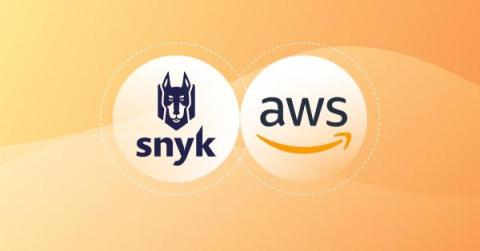Rego 103: Types of values and rules
This blog post series offers a gentle introduction to Rego, the policy language from the creators of the Open Policy Agent (OPA) engine. If you’re a beginner and want to get started with writing Rego policy as code, you’re in the right place. In this three-part series, we’ll go over the following: As a reminder, Rego is a declarative query language from the makers of the Open Policy Agent (OPA) framework.











